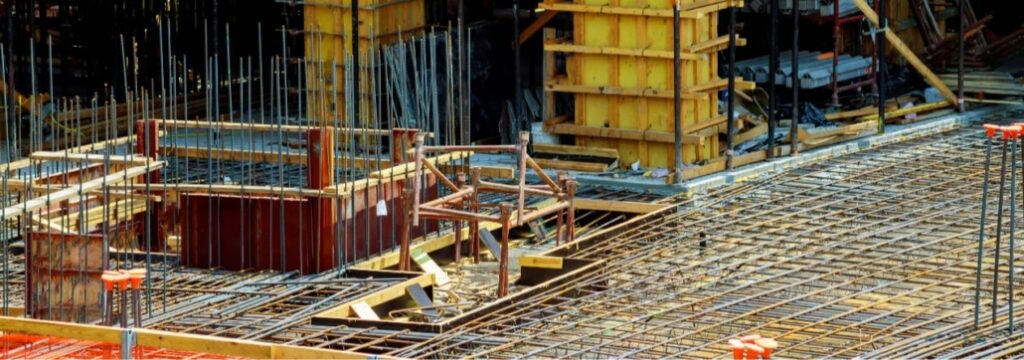Широкое использование Изделия из стеклопластика поощряет прикладные исследования различных композиционных материалов, их механических свойств и характеристик, а также, что не менее важно, исследования влияния различных факторов окружающей среды на характеристики FRP.
Армированные волокном полимеры стали экономически эффективной альтернативой материалам, традиционно используемым в морском строительстве, гражданском строительстве, сельском хозяйстве, химической и некоторых других отраслях промышленности. Первоначально ценившиеся за лучшую коррозионную стойкость, высокую прочность на разрыв и меньший вес, сфера применения Стеклопластиковая арматура постоянно расширяется.
Известно, что железобетонные и железные прутья меняют свои свойства и теряют механическую прочность в долгосрочной перспективе под воздействием влажности и воды, некоторых химических веществ и теплового удара. Многие области промышленного и гражданского строительства начали применять современные материалы, включая арматуру FRP, в суровых условиях в качестве замены железобетона. Это особенно актуально для морских фасадных конструкций, предприятий химической промышленности и строительства мостов, где решающее значение имеют более высокая коррозионная стойкость и усталостные свойства.
Таким образом, компании, инвестирующие в производство стеклопластиковой арматуры, и предприятия, рассматривающие возможность перехода со стали на стеклопластиковую арматуру, внимательно следят за текущим развитием полимерных композитов и изменениями свойств стеклопластика, учитывая различные смолы, используемые для производства стеклопластиковой арматуры, а также воздействие окружающей среды на долговечность матрицы стеклопластика и другие характеристики.
Исследования, проведенные Накадой и Мияно, были сосредоточены на изменении прочности арматуры из стеклопластика и влагопоглощения во влажной среде.

В результате исследователи обнаружили, что химическая структура, прочность на разрыв и характеристики водопоглощения в меньшей степени подвержены влиянию различных факторов окружающей среды, чем у стальных стержней.
Что касается накопленных повреждений, образовавшихся под воздействием ряда факторов окружающей среды, в частности влаги и солей, то они оказались заметно меньше повреждений эквивалентных стальных стержней, требовавших обслуживания и восстановления до окончания периода испытаний.
Однако исследования, проведенные Маромом, продемонстрировали влияние определенных факторов окружающей среды, включая температуру, влажность, биологическое воздействие и усталость, на эксплуатационные характеристики стеклопластиковой арматуры в различных климатических зонах.
Наиболее агрессивное влияние на свойства арматуры FRP оказывает сочетание нескольких факторов, в первую очередь, влажности и высоких температур. Бактериальная атака не оказывает существенного влияния на изделия FRP, но морское обрастание, типичное для влажных сред, может повлиять на поверхность, не влияя на механические свойства полимерной матрицы. Кроме того, ученые и техники продолжают свою работу по тестированию типов смол для разработки биосовместимых материалов.
По сравнению с железом и алюминием композитные материалы демонстрируют сильную коррозионную и химическую стойкость. Однако в экстремальных условиях высокой температуры и влажности (например, тропические регионы) для гражданского строительства и морских применений следует рассматривать только стержни FRP с плотной матрицей. При рассмотрении полимерных композитов для конкретных проектов в некоторых средах по всему миру следует учитывать воздействие окружающей среды на качества FRP.
Многочисленные текущие исследования посвящены изменениям механических свойств и характеристик композитов в контексте различных плотностей матрицы и типов смол (эпоксидные, полиэфирные, фенольные смолы, винилэфирные смолы и полиуретановые смолы).
Composite-Tech предлагает проверенную временем продукцию из стеклопластика и производственные линии, изготовленные из высококачественных материалов с использованием самых передовых технологий в соответствии со строгими отраслевыми нормами.
Отчеты различных исследовательских групп в основном сходятся во мнении, что эксплуатационные характеристики FRP-арматуры в суровых и тяжелых условиях превосходят результаты, полученные при испытании железобетона. Кроме того, устойчивость армированных волокном полимерных композитов является еще одним весомым доказательством в пользу внедрения FRP-арматуры.

